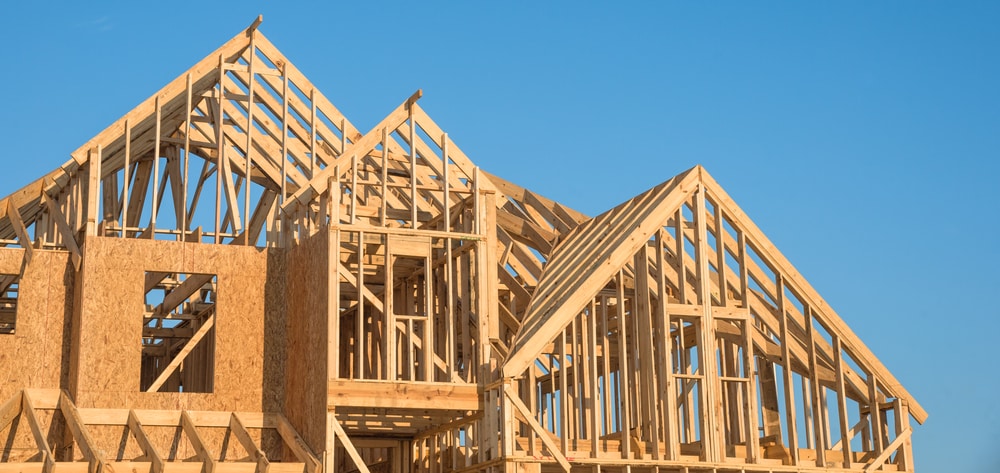Newest Permitted Development Rights: Class MA and AA – Benefits for home and business property owners
The Government has once again tinkered with the permitted development rights order to provide property owners with further rights and flexibility to extend homes and alter the use of businesses/commercial spaces. However, as is often the case with planning, these new rights come with their own restrictions and pitfalls.
Residential homes – what can you now do with Class AA?
In addition to existing permitted development rights to extend your property horizontally, Class AA permits homeowners to add an additional storey to their property. For example, if you own a bungalow, you can now create a two storey home. The maximum height and number of storeys permitted will depend on the type of property you own (e.g.detached, semi-detached…etc).
However, if you live in a property previously converted from an office, agricultural building, storage, light industrial, shop or casino then you will not be able to benefit from this new right. Same applies if the property lies in a conservation area, AONB, National Park or heritage site.
Also, if your property is new (built after 28th October 2018) or very old (built pre-1948) then again you regrettably will require a traditional planning permission for your aspirations.
Assuming you can meet all the requirements, then you will need to apply for prior approval to secure agreement from the Council that the proposal passes before works commence. Similar to a planning application, you will need to provide drawings showing the existing and proposed elevations of the proposal.
How do commercial property owners benefit from the new changes?
Class MA has been introduced following the other recent amendment of the use class order to include Class E, which captures a number of previous commercial uses (see a further article on Class E here https://bit.ly/ClassEtoC). Class MA provides now permits commercial properties to be converted into residential homes.
Similarly to Class AA there are a number of requirements which need to be passed in order to fully benefit from this right. They key ones include;
(1) that the building was in use as a class E space on or prior to the 29th May 2013, however (confusingly) that the building has also been vacant for a period of at least 3 months prior the prior approval application.
(2) that the proposal is not larger than 1,500sqm; and
(3) you do not benefit from class MA if the property is listed, in the AONB, SPA, the Broads, National Park and/or World Heritage Sites.
If you think your proposal has successfully navigated the key restrictions, then an application under prior approval will need to be made. In addition to checking whether your proposal passes the necessary requirements within the legislation, the Council also has to consider:
(1) transport implication of the proposal (i.e. highways and parking);
(2) if there is a risk of contamination; and
(3) if the site is vulnerable to flooding;
(4) if all flats receive good access to sunlight/daylight; and
(5) that the dwellings pass space standards.
There is a fair bit to check and digest with these new and existing permitted development rights! Having successfully guided clients on prior approval applications and lawful development certificates, we can offer experienced and practical advice on your project.
Please contact the team on info@mplanning.co.uk or 01242 895008 to discuss any queries you may have on getting planning permission for your self build home or any questions you may have on the new development rights mentioned in this article.
